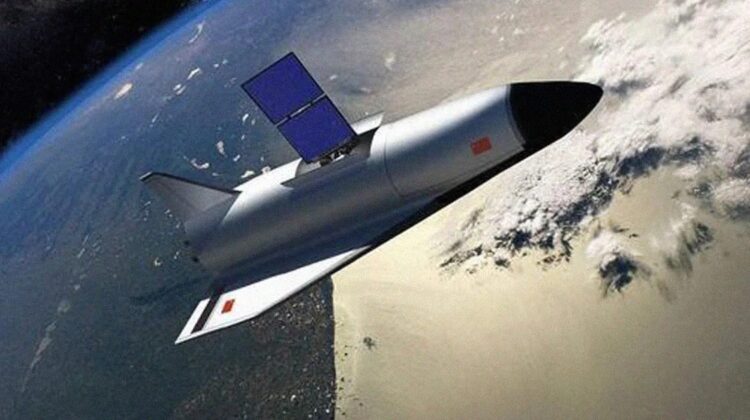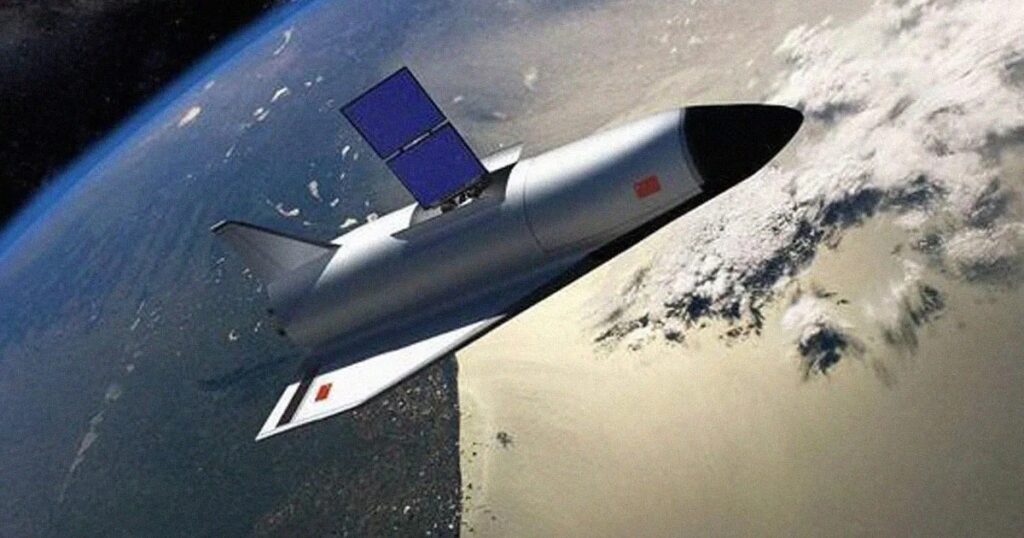
In a perplexing turn of events, China’s covert spaceplane, Shenlong, has once again captured global attention by releasing six enigmatic objects into Earth’s orbit. This marks the third occurrence within the span of three years, leaving experts and amateur astronomers intrigued about the purpose and nature of these mysterious entities.
Designated as OBJECTs A through F by the US Department of Defense and diligently tracked by the US Space Force, the origins and functions of these objects remain shrouded in secrecy. Scott Tilley, an amateur astronomer and satellite tracker, has been meticulously monitoring the signals emitted by these celestial enigmas. According to Tilley, an interesting pattern emerges as these objects traverse the skies over North America, emitting their strongest signals.

Tilley shared his observations with the South China Morning Post, postulating that the distinct radio emission pattern suggests a potential clandestine ground station. He speculates that this station could be situated on the west coast of North America or even aboard a ship off the coast. However, it is essential to highlight that such interpretations remain speculative, given the dearth of concrete information about the identity and purpose of these objects.
Amidst the signals, Tilley distinguishes noteworthy characteristics among the designated OBJECTs. Objects D and E, he notes, emit signals with what he terms “idle filler.” Object B stands out for its luminosity, with speculation that it could be the upper stage of the Long March 2F rocket responsible for propelling the spaceplane into orbit. Additional insights from Switzerland-based space domain awareness group S2a Systems corroborate these observations.
Objects C and F, according to Tilley, exhibit traits indicative of jettisoned rocket debris, characterized by their relatively dim appearance and tumbling motion. This raises questions about the potential role of these fragments in the overall mission objectives.

This latest deployment of objects follows a pattern set by China’s secretive spaceplane during its previous two missions. In 2020, one object was released during its inaugural mission, while a subsequent mission in the previous year saw the US Space Force tracking another released object.
Despite this recurrent phenomenon, the true intent behind China’s spaceplane missions remains elusive. The nation has remained tight-lipped about its objectives, citing a focus on testing reusable spaceplane technologies and conducting scientific experiments, according to state-run news agency Xinhua.
As China continues to execute these missions at an impressive pace, completing three within a mere three-year span, the global community is left to ponder the significance and implications of these celestial maneuvers. The evolving narrative of China’s spaceplane missions promises to be a captivating tech demonstration, warranting close scrutiny as it unfurls.

Leave a Reply